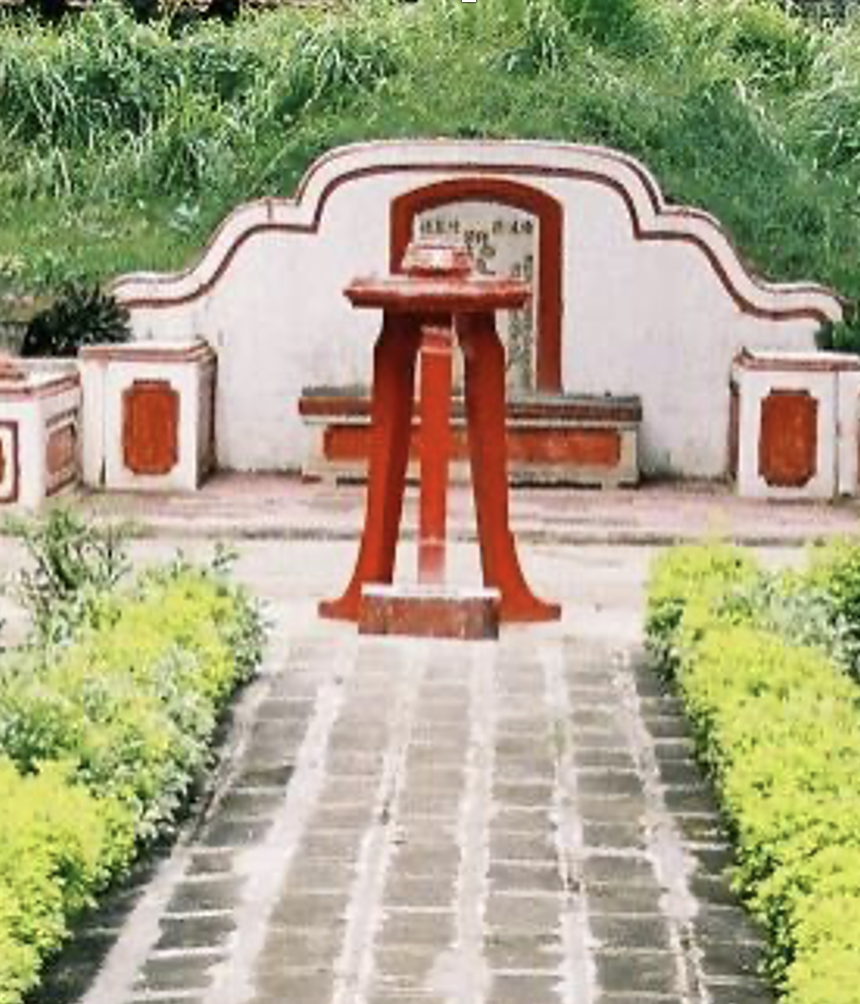Abstract
Many people's ignore two Chinese Muslim figures (Tan Eng Hoat and Tan Sam Tjai) and their relationship with the Klenteng Talang is because there are not many local ancient texts that contain them or tell about them. The only text that contains the existence of these two figures and their relationship with the Klenteng Talang is the Klenteng Talang China News. To be able to reveal again the two figures mentioned above and the Klenteng Talang, we need to look again at the Chinese news about the Klenteng Talang, Cirebon. This research aims to re-reveal the role of Tan Eng Hoat and Tan Sam Tjai in the history of the Cirebon Kingdom based on the Chinese news of Klenteng Talang and its current relationship with the Chinese temple in Cirebon. Using intertextual approach with historical method was used in four stages of work, namely heuristic, criticism, interpretation, and historiography to the writings of the Chinese News text of Klenteng Talang. Our informants consists of care takers of Klenteng Talang and official of Harbourmaster and Port Authority Office in Muara Jati. The findings indicate that there is an influence of Chinese Muslims in the history of Cirebon, one of the archaeological remains of which is the Klenteng Talang building in Cirebon. Klenteng Talang, Tan Eng Hoat, and Tan Sam Tjai had a very close relationship in the history of the Cirebon Kingdom in the Chinese news about the Chinese Temple. Although Tan Eng Hoat and Tan Sam Tjai were Muslims who converted to Confucianism, their relationship with Klenteng Talang cannot be ignored. Tan Eng Hoat played a significant role in the early establishment of the Cirebon Kingdom. Even the idea of establishing the Cirebon Kingdom came from Tan Eng Hoat, who conveyed it to Sunan Gunung Jati. Tan Sam Tjai, who was younger than Tan Eng Hoat, also played a significant role in helping to finance the Islamic kingdom of Cirebon until the end of his life, in spite of the fact he left Islam.
References
Afif, Afthonul. (2012). Identittas Tionghoa Muslim Indonesia: Pergulatan Mencari Jati Diri.Depok: Kepik.
Al Qurtuby, Sumanto. (2003). Arus Cina-Islam-Jawa: Bongkar Sejarah atas Peranan Tionghoa dalam Penyebaran Agama Islam di Nusantara Abad XV & XVI. Yogyakarta: Inspeal Ahimsakarya Press.
Ashri, Abdullah Fikri. (2022). Kelenteng Talang Cirebon, dari Masjid hingga Simbol Toleransi. Kompas.Id. https://www.kompas.id/baca/bebas-akses/2022/01/26/kelenteng-talang-cirebon-dari-masjid-hingga-simbol-toleransi, accessed on 24 May 2024.
Babad Cirebon Versi Catatan Klenteng Talang melalui Babad Cirebon’ Versi Catatan Klenteng Talang - Cirebon Cakrabuana, accessed on 24 May 2024.
Brandes, J.L.A dan R.A. Kern. (1911). Babad Tjerbon. Batavia: BGKW
De Graaf, H.J. dan Th. G. Th. Pigeaud. 2004. Cina Muslim di Jawa Abad XV dan XVI; Antara Historisitas dan Mitos. Yogyakarta: Tiara Wacana.
Djajadiningrat, H. (1983). Tinjauan Kritis Sajarah Banten. Jakarta: Djambatan.
Ekadjati, E. S. (2005). Sunan Gunung Jati; Penyebar dan Penegak Islam di Tatar Sunda. Jakarta: Pustaka Jaya.
Erwantoro, H. (2012). Sejarah Singkat kerajaan Cirebon. Patanjala, 4(1):170–183. https://doi.org/10.30959/patanjala.v4i1.130, accessed on 20 May 2024.
Gottschalk, Louis. (1975). Mengerti Sejarah. Jakarta: Universitas Indonesia
https://doi.org/10.55981/purbawidya.2024.1167, accessed on 20 May 2024.
Inews edisi 22 Januari 2023. Klenteng Talang Tertua Kedua di Indonesia, Jejak Pendaratan Pertama Ekspedisi Laksamana Cheng Ho, https://cirebon.inews.id/read/243833/, accessed on 24 May 2024.
Muljana, S. (1968). Runtuhnja Keradjaan Hindu-Djawa dan Timbulnja Negara Negara Islam di Nusantara. Jakarta: Bhatara.
Nugrahanto, W. (2020). Misteri Berita China Klenteng Sam Po Kong dan Berita China Klenteng Talang Versi Kolonial. Bandung: Unpadpress.
Nugrahanto, W., Etty S., Eko W.K., Tanti R.S., Ayu S. (2024). Colonial Version Of The Chinese Chronicles From Sam Po Kong Temple As A Historical Evidence. Purbawidya: Jurnal Penelitian dan Pengembangan Arkeologi, 13(1): 42-58,
Nugrahanto, W., Sofianto, K., Ade, Kosasih., & Mahzuni, D. (2022). Muslim pada Masa Awal Kesultanan Islam Cirebon dalam Berita China Klenteng Talang Versi Kolonial. Metahumaniora, 12(3):246–253, https://doi.org/https://doi.org/10.24198/metahumaniora.v12i3, accessed on 20 Mei 2024.
Parlindungan M.O. (2007) Pongkinangolngolan Sinambela Gelar Tuanku Rao. Yogyakarta: LKiS.
Parlindungan, M. O. (1964). Pongkinangolngolan Sinambela Gelar Tuanku Rao. Tanpa Kota: Tanjung Pangharapan.
Satibi, I. (2005a). Kelenteng Tiao Kak Sie, Kelenteng Talang dan Tan Sam Cay. Cirebon: Klenteng Talang.
Satibi, I. (2005b). Sekilas Megenai Then Shan Say (Tan Sam Cay). Cirebon: Klenteng Talang.
Sjamsuddin, Helius. (2007). Metodologi Sejarah. Yogyakarta: Ombak.
Sulendraningrat, P.S. (1984). Babad Tanah Sunda/Babad Cirebon. Cirebon: Yayasan Kraton Cirebon.
Sunardjo, Unang. (1996). Masa Kejayaan Kerajaan Cirebon; Kajian dari Aspek Politik dan Pemerintahan. Cirebon: Yayasan Kraton Kasepuhan Cirebon.
Wahid, Abdul. (2009). Bertahan di Tengah Krisis: Komunitas Tionghoa dan Ekonomi Kota Cirebon. Yogyakarta: Ombak.
Wamad, Sudirman. (2019). Kisah Klenteng di Cirebon yang Dulunya Masjid, https://travel.detik.com/domestic-destination/d-4710682/kisah-klenteng-di-cirebon-yang-dulunya-masjid, accessed on 24 May 2024.
Winarni, Retno. (2009). Cina Pesisir: Jaringan Bisnis Orang-Orang Cina di Pesisir Utara Jawa Timur Sekitar Abad XVII. Denpasar: Pustaka Larasan.

This work is licensed under a Creative Commons Attribution-NonCommercial-ShareAlike 4.0 International License.
Copyright (c) 2024 ETNOSIA : Jurnal Etnografi Indonesia





